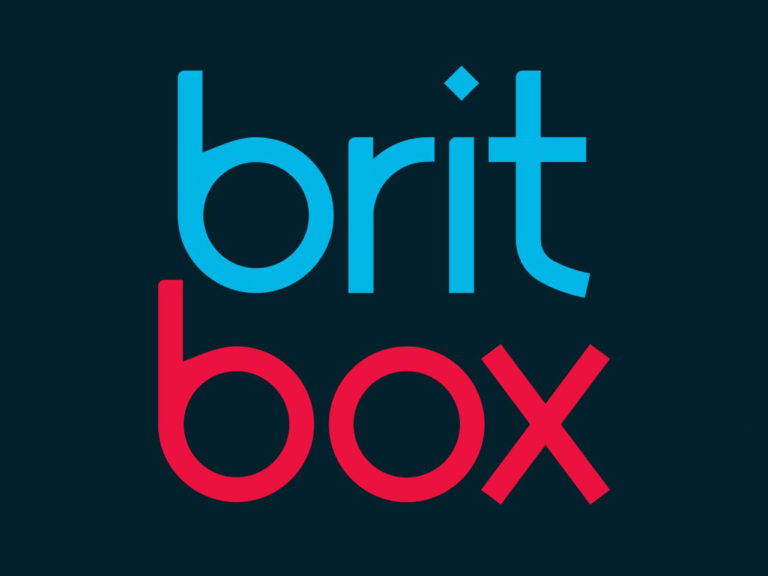
Knight Terrors is the nightmare that keeps giving. Every time I think we’ve finally reached the end, we uncover yet another layer of the dream. In particular, although the Titans escape the haunted tower, they quickly discover that leaving the dream won’t be so easy.

All That I Am
The primary mystery leading this tie-in to the Knight Terrors event surrounds a shared dream between the Titans and an unnamed protagonist. Though the protagonist frees the superhero team, the Titans Tower continues to trap them within the nightmare. As far as they understand, the Titans Tower has somehow animated itself due to negative energies. Apparently, as seen in Nightwing #100; Nightwing built the Titans Tower on an infamous prison akin to the Indian burial ground trope found in films like Poltergeist (1982) or Monster House (2006). Following this realization, the heroes begin to theorize a plan of escape.
In the real world. Raven astral projects herself into the minds of her friends. Originally, Raven believes that simply destroying the psychic holds and leaving the tower would free them, but nothing seems to work. Worst of all, she is likely to fall into the dream herself if she doesn’t find a quick solution. The actual problem seems to derive from the Tower’s personified sense of vengeance for the abuses in the prison. Consequently, its overall goal surrounds rejecting its new form, and corrupting the self-image of its new tenants. Naturally, this leads Raven to believe that only a brief emergency “therapy session” with the protagonist can help.

I’m Not In The House, I Am The House
While Raven believes the Terror Tower derives from the prison, she is adamant that the protagonist is the spirit of the new Titans Tower. All of the other constructs they have fought until that point were manifestations from Blüdhaven’s private prison. Furthermore, the protagonist’s amnesia is a result of the new building acting as a literal blank slate. Also, the book indicates that she unconsciously suppresses the Titans from asking her the truth as well. Even with explanation, I still question what or how many other buildings have come to life. For instance, are Arkham Asylum, The Hall Of Justice, Doom Manor, The Batcave, or Mercy Hall all secretly alive or is there something special about this location?
Moreover, the Titans are helpless against the house without the protagonist’s help. As a reminder, the protagonist wields a magic mirror to shatter the warped illusions used against the Titans. Even so, the nightmarish Titans return over and over, including a gross version of Raven resembling Trigon wearing her robes. Ultimately, the protagonist sets out to confront the old version of herself to put an end to the nightmare. Despite the set up, I found the conversation of a building having to forgive itself for being a building uninteresting. Not to mention, the comedic banter is hollow, the atmospheric purple backdrops are dull, and the monsters aren’t very creative.
Recommended If…
- You want to remain current with the Titans series.
- Knight Terrors interests you in the least.
- You loved Monster House (2006).
Overall
The protagonist, hereafter referred to as Joanne, is the unlikely hero and villain of the story. In spite of the Titans or the larger Knight Terrors storyline, this story is about a house having an identity crisis. In fact, the house is still alive for no reason by the time the story ends. Excusing the nightmare world bleeding into the real world, there is no telling how long the Tower will continue to “have feelings, emotion, and personality.” Although, I admit that I am curious how the other Titans will feel about the new development. I would prefer if the Titans weren’t just being awkward bystanders in their own tie-in, even if I understand the theme of self-acceptance.
Score: 5.5/10
DISCLAMER: DC Comics provided Batman News with a copy of this comic for the purpose of this review.


